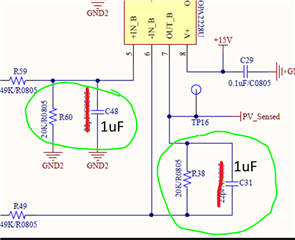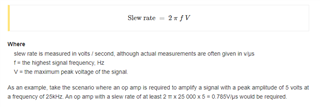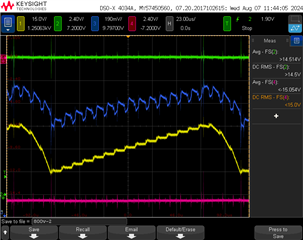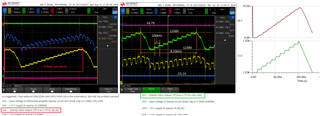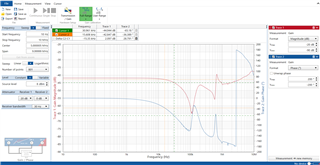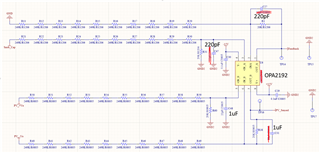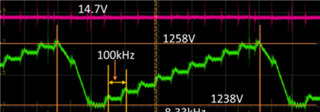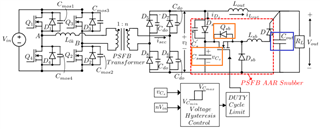Other Parts Discussed in Thread: OPA1612, OPA2350, OPA2227, OPA2140, OPA2192, OPA192
Tool/software:
I am facing a problem with the differential amplifier circuit using OPA2228U (U6A). The schematic is shown below.
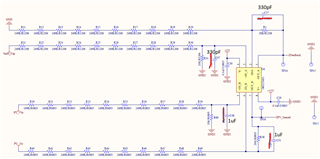
The input (Snub_Cap w.r.t GND) to U6A opamp differential circuit is as shown below in the green waveform (the voltage levels are marked in the plot), but the output of U6A opamp(TP14 w.r.t TP15 (GND2)), which is in yellow, is showing an oscillation of 100kHz.
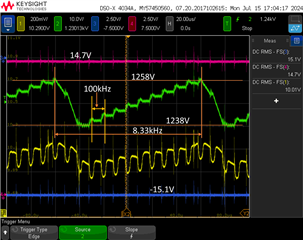
CH1 – Opamp (U6A) Output (TP14 w.r.t TP15) (YELLOW)
CH2 – Input voltage to Opamp circuit (Snub_Cap w.r.t GND) (GREEN)
CH3 – -15 V supply to opamp U6 (BLUE)
CH4 – +15V supply to opamp U6 (YELLOW)
The opamp U6B is also connected to a DC high-voltage signal, but its output is smooth and doesn't show any frequency content.
The feedback point (TP14) is then connected to a comparator, as shown below.
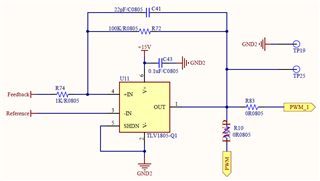
So, I am not sure why the output of U6A is showing such oscillations. Can somebody please help me out here?
Thank you
Vijaymahantesh V Surkod


